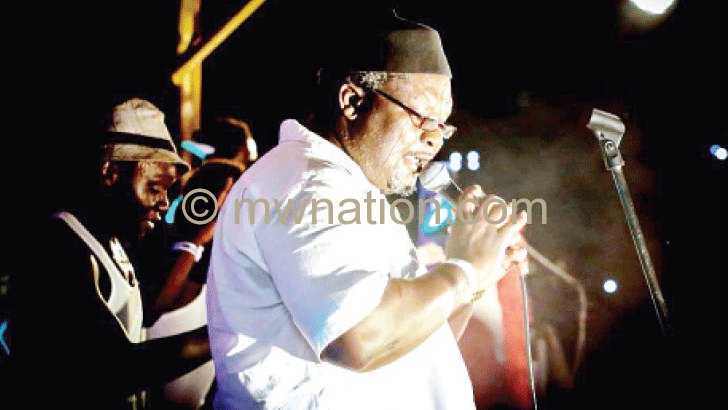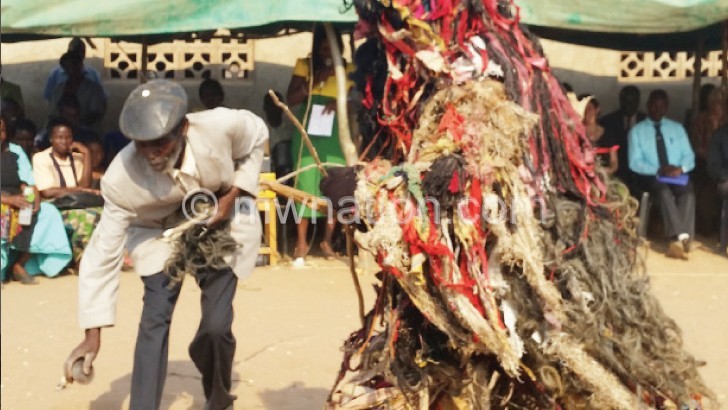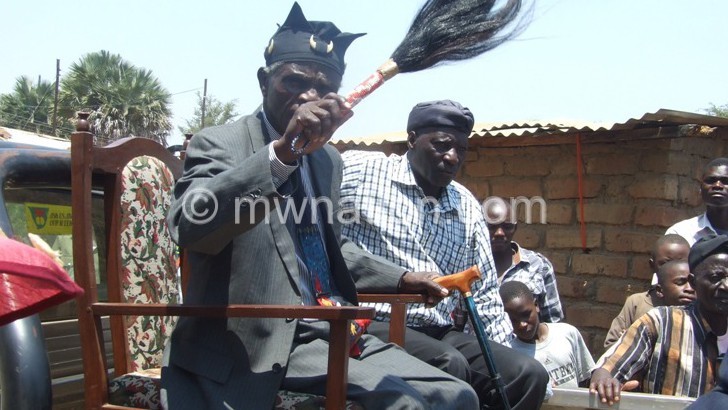A culture, religion collision

Traditional dances expose thin line between religion and cultural performances
Malawian societies are recognised by their traditional performances as well as their deep-rooted belief in ancestral spirits as a medium of communication with the gods.
However, there is a thin line that separates these performances from religion.
The gulewamkulu dance, for instance, is a traditional dance that is more than a theatrical performance for the Chewa tribe.
There is a myth that the nyau masks are fished out of a cemetery.
The nyau masks are said to sacred as they are considered as a representation of the ancestral spirits and their role is to bridge the gap between the living and the land of the dead.
The gulewamkulu performance is sometimes staged for mere entertainment at political gatherings. Gulewamkulu is performed by the Chewas who are more concentrated at the Central Region.
Vimbuza is one other performance whose repertoire is so intertwined with religion. Vimbuza, which is a spiritual dance of the Tumbuka is also called ‘the healing dance’.
Healers diagnose diseases by enacting a trance after being hypnotised as they enter a spiritual realm where they ‘see’ the causes of past events and their consequences for patients.
Singing and drumming cohere into powerful musical experiences, providing a space for patients to ‘dance their disease (kuvina nthenda). Although vimbuza has transformed over the years, musical practice has remained fairly consistent.
The vimbuza healing ritual goes back to the mid-19th century when it developed as a means of overcoming traumatic experiences of oppression, and it further developed as a healing dance under British occupation, although it was forbidden by Christian missionaries.
Many people who are not conscious of the therapeutic benefits of vimbuza reduce it to a form of entertainment without recognising its spiritual character and effects.
Similar to vimbuza, the Jere Ngoni have their dance called vyanusi which is also a healing dance.
Indingala, a dance performed by the Nyakyusa and Ngonde, also has traits of a ritual dance.
Originally, the dance is said to be a ritual as it was performed after a war, upon death and installation of a new chief or territorial rulers and counsellors.
Currently, the dance is performed for entertainment. In indingala, there are three drums that are used to produce sound which is followed by singing.
Tchopa, a rain dance by the Lhomwe people, is also considered a rain dance. The dance is performed to ask for rain from the spirits of their ancestors. Tchopa is considered one of the oldest traditional dances among the Lhomwe people.
The chief and elders usually summon the dance and offer sacrifice to the ancestral spirits when dry spell or drought strikes. In the recent times the dance has been reduced to a mere entertainment performance.
Sometimes the dance is summoned in the event that one of the community members had a dream where by ancestors demanded a sacrifice. Messages are sent through the whole area prior to the event.
Villagers are supposed to contribute necessities including maize flour, millet, sorghum, firewood, relish and also help by providing labour during this period.
As soon as the announcement is made in the village, the women start to brew beer. And from the time the malt (chimera) is soaked to the time of the event, the master of the event who is called Omanga Tchopa is not supposed to take a bath.





